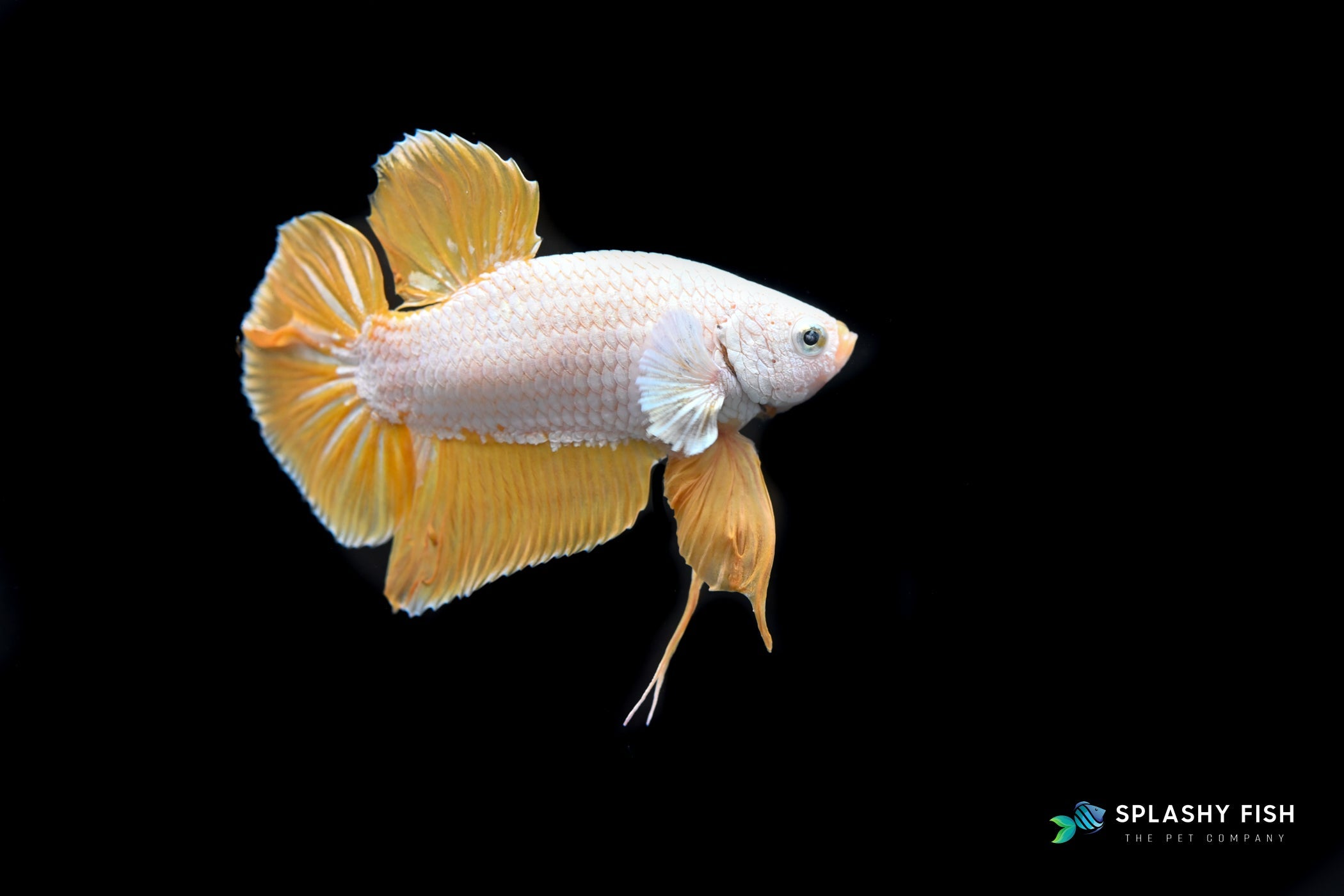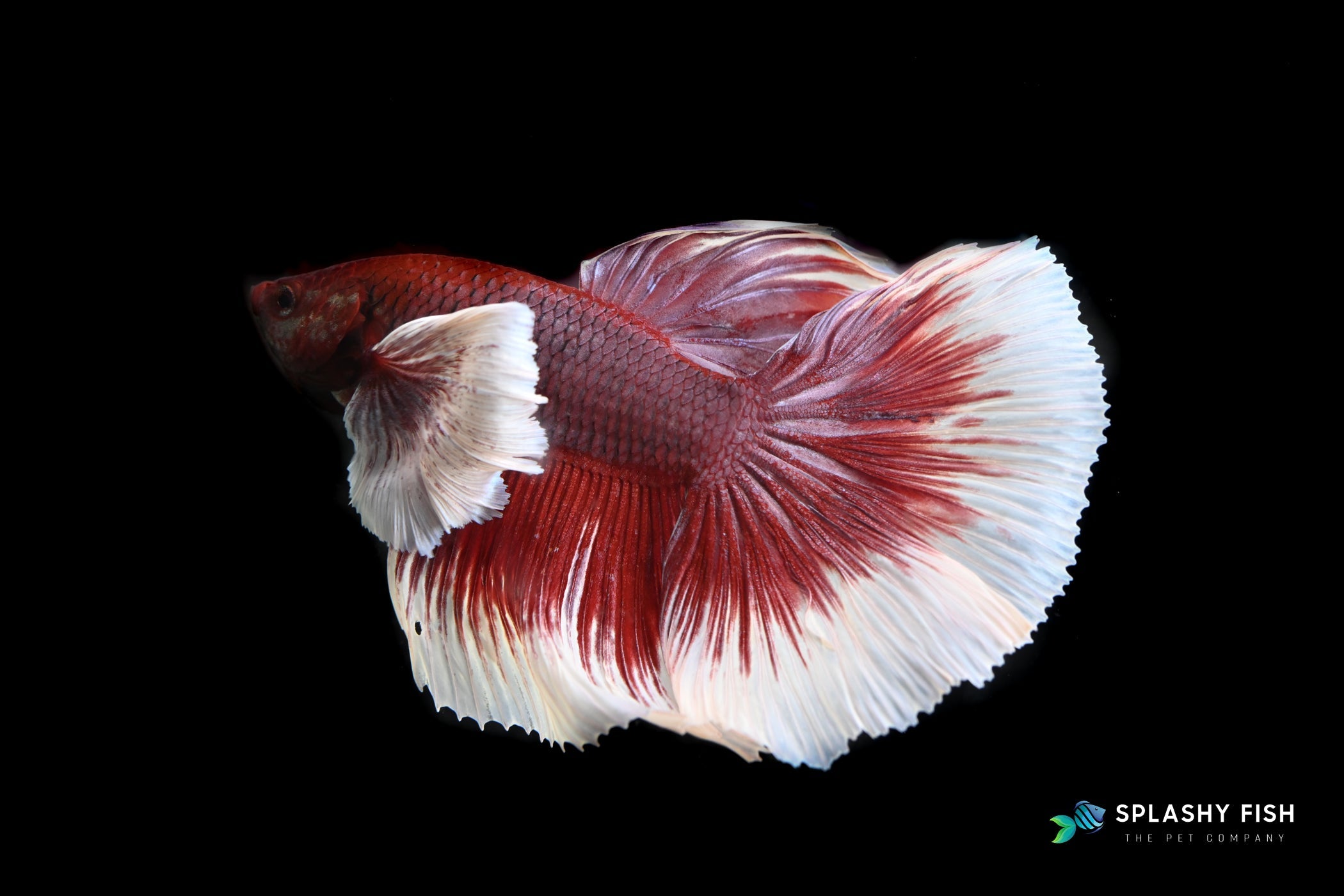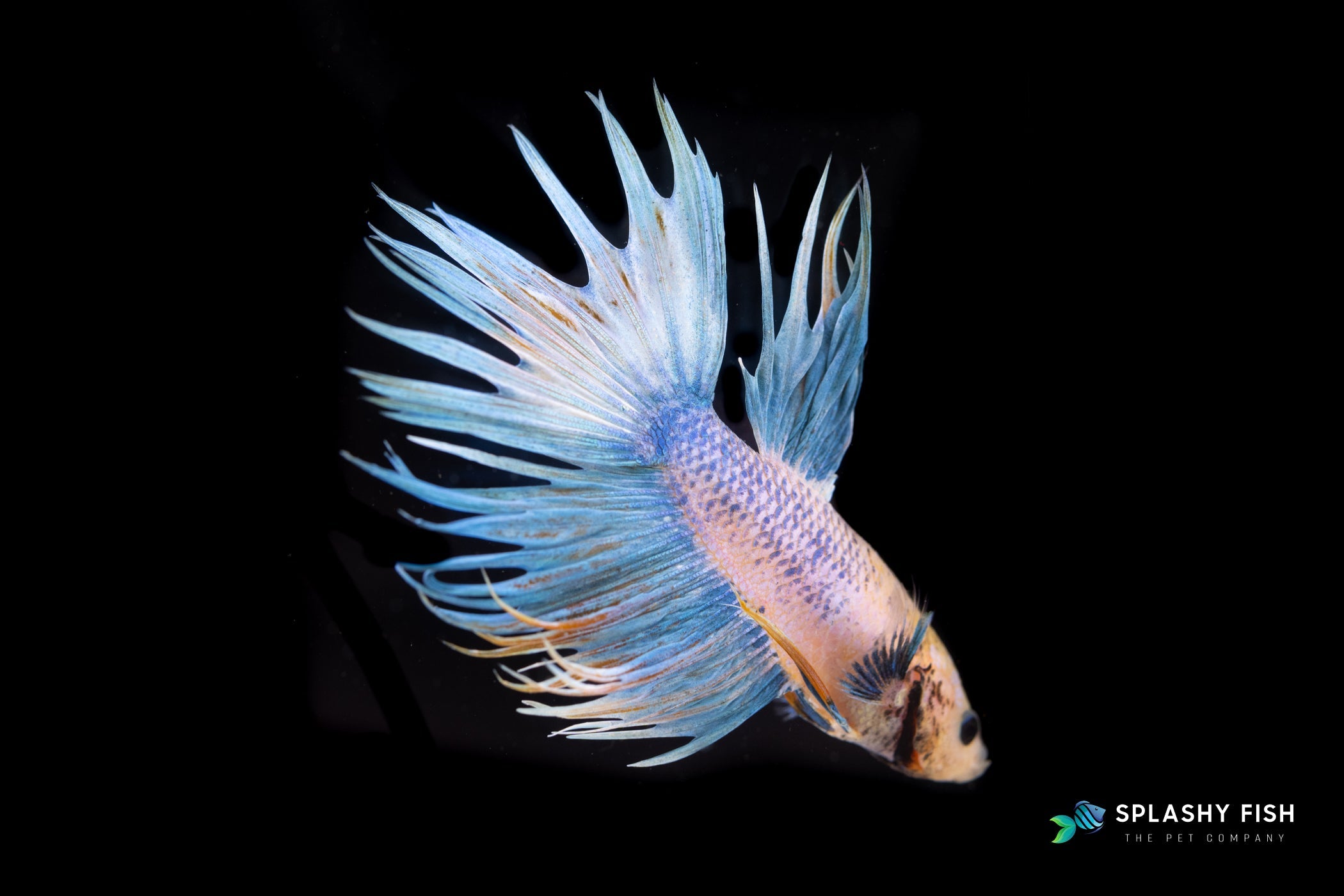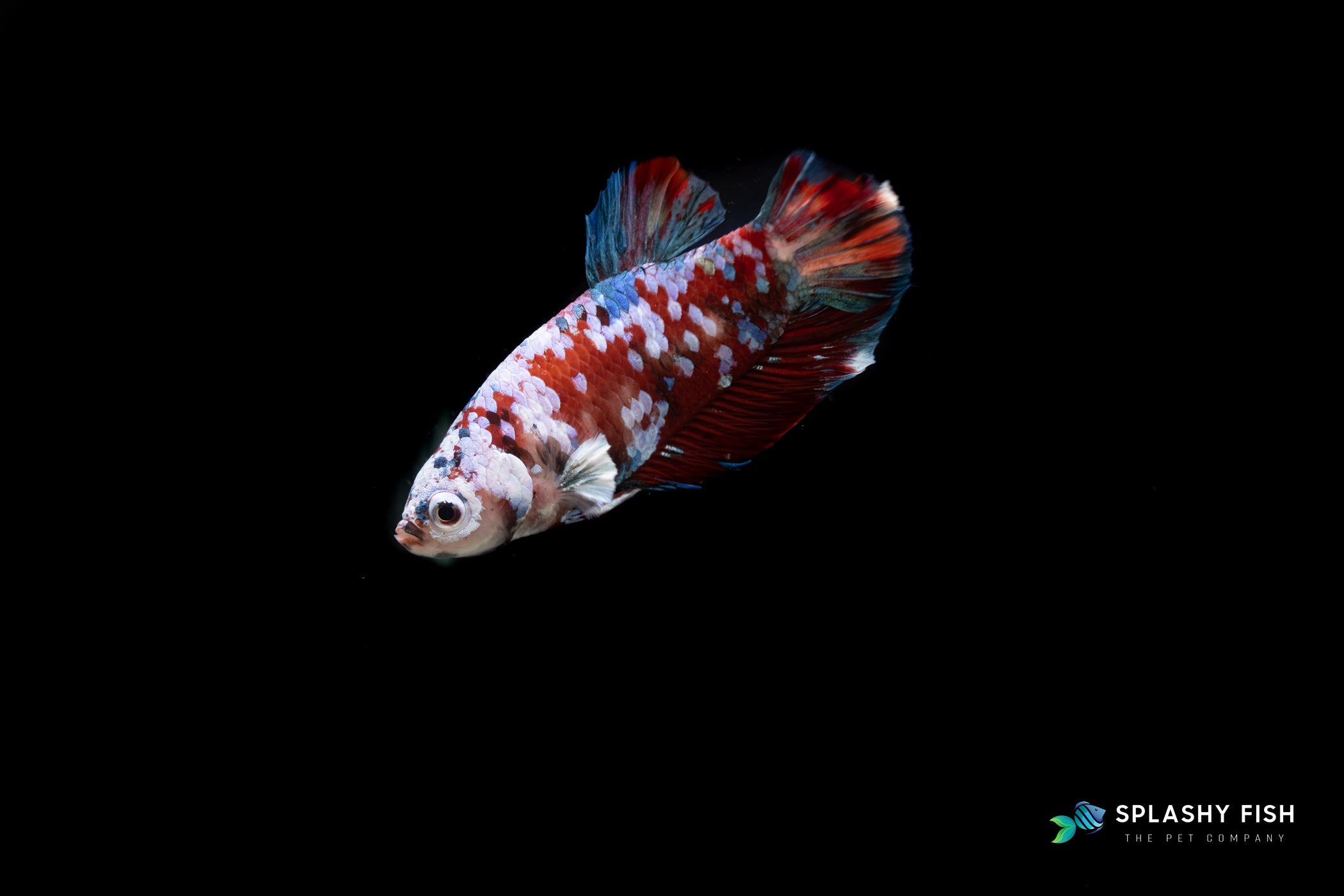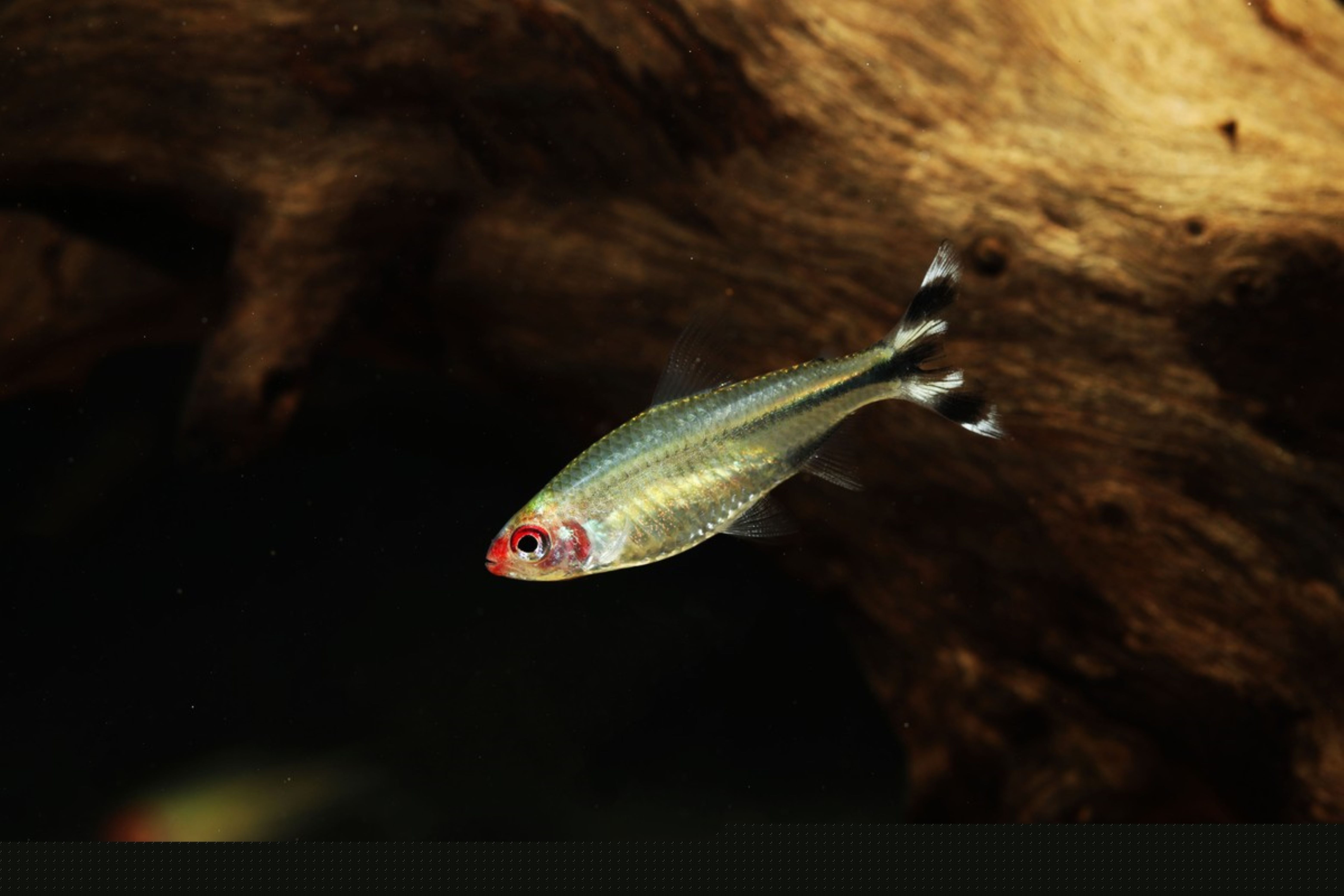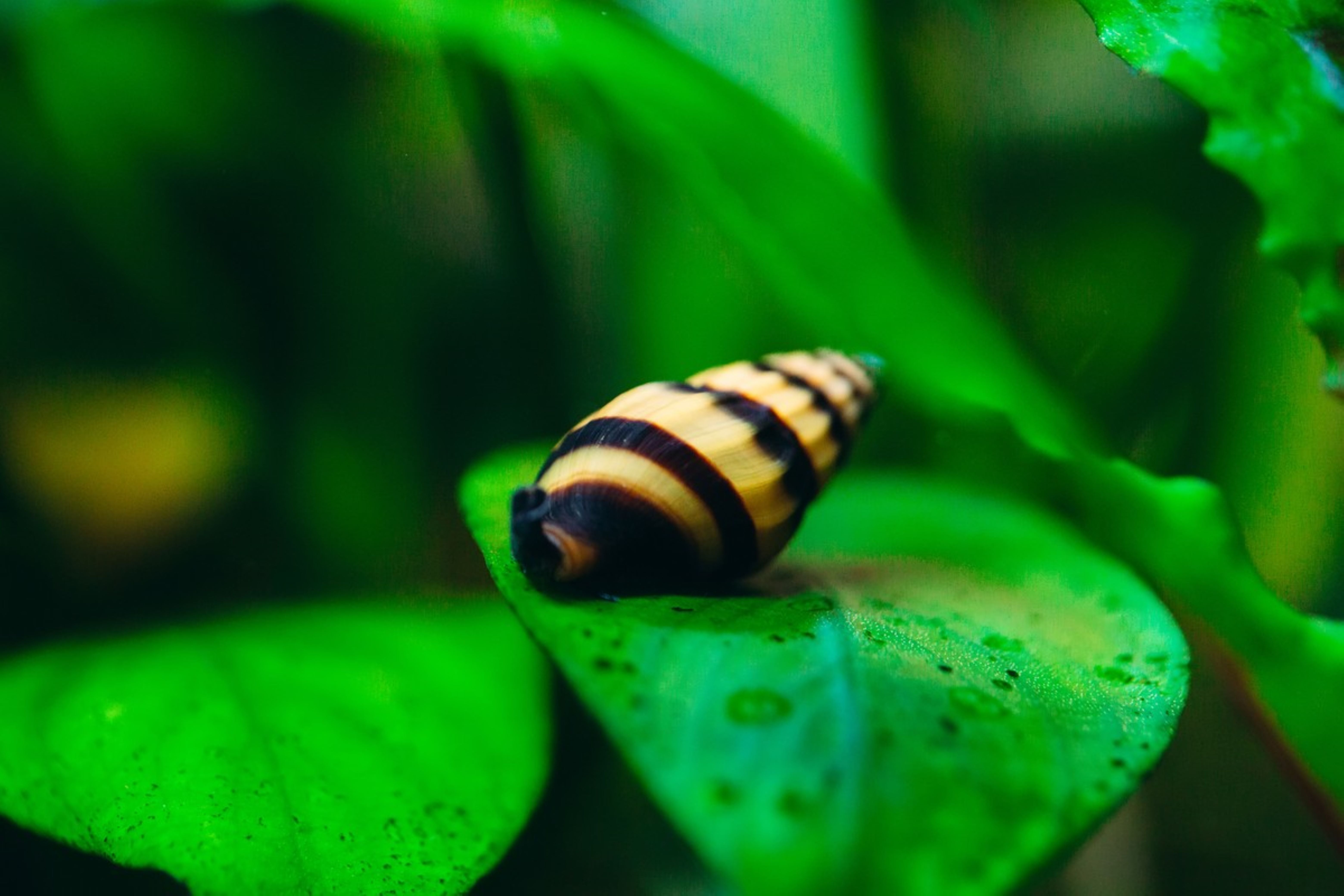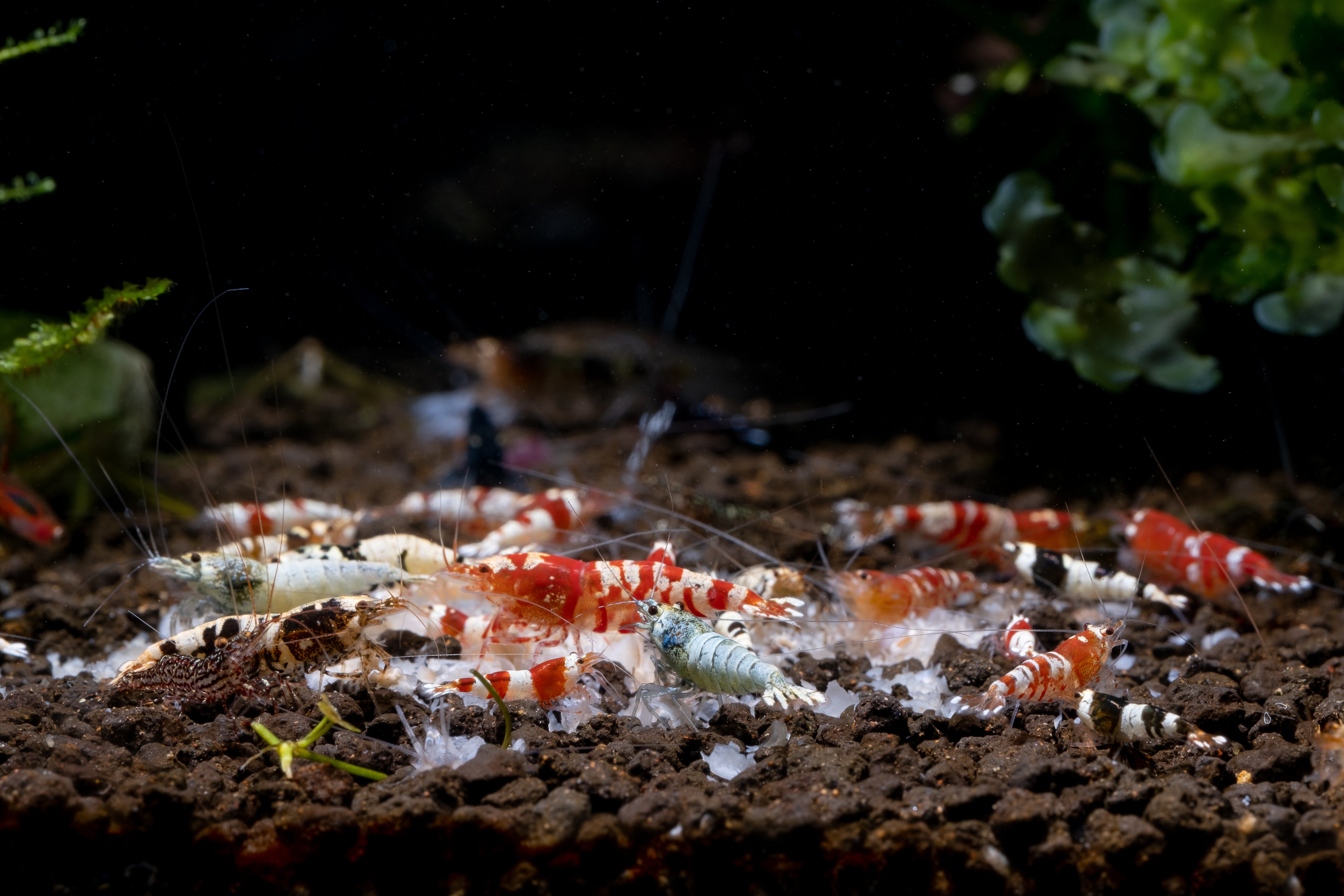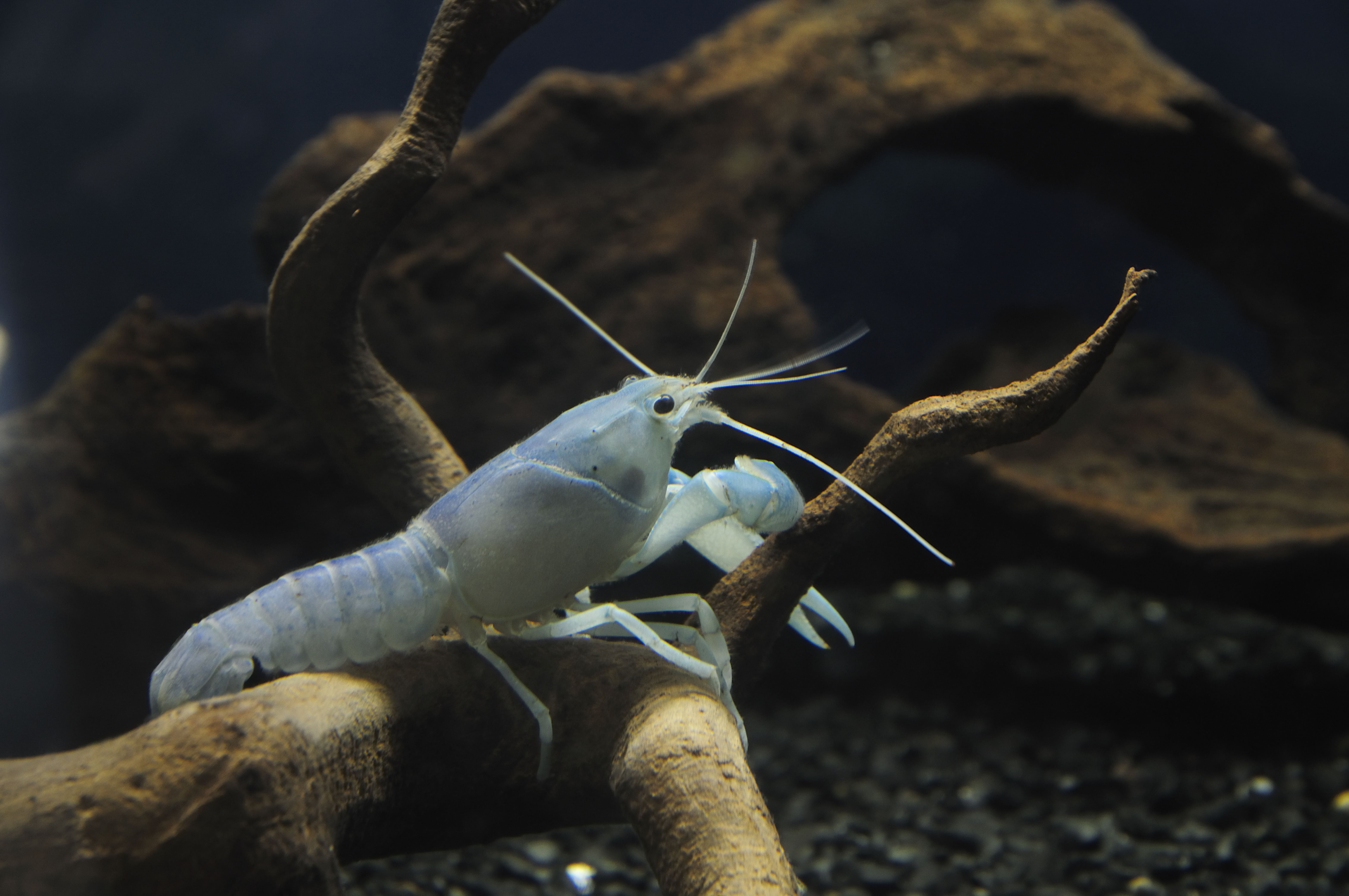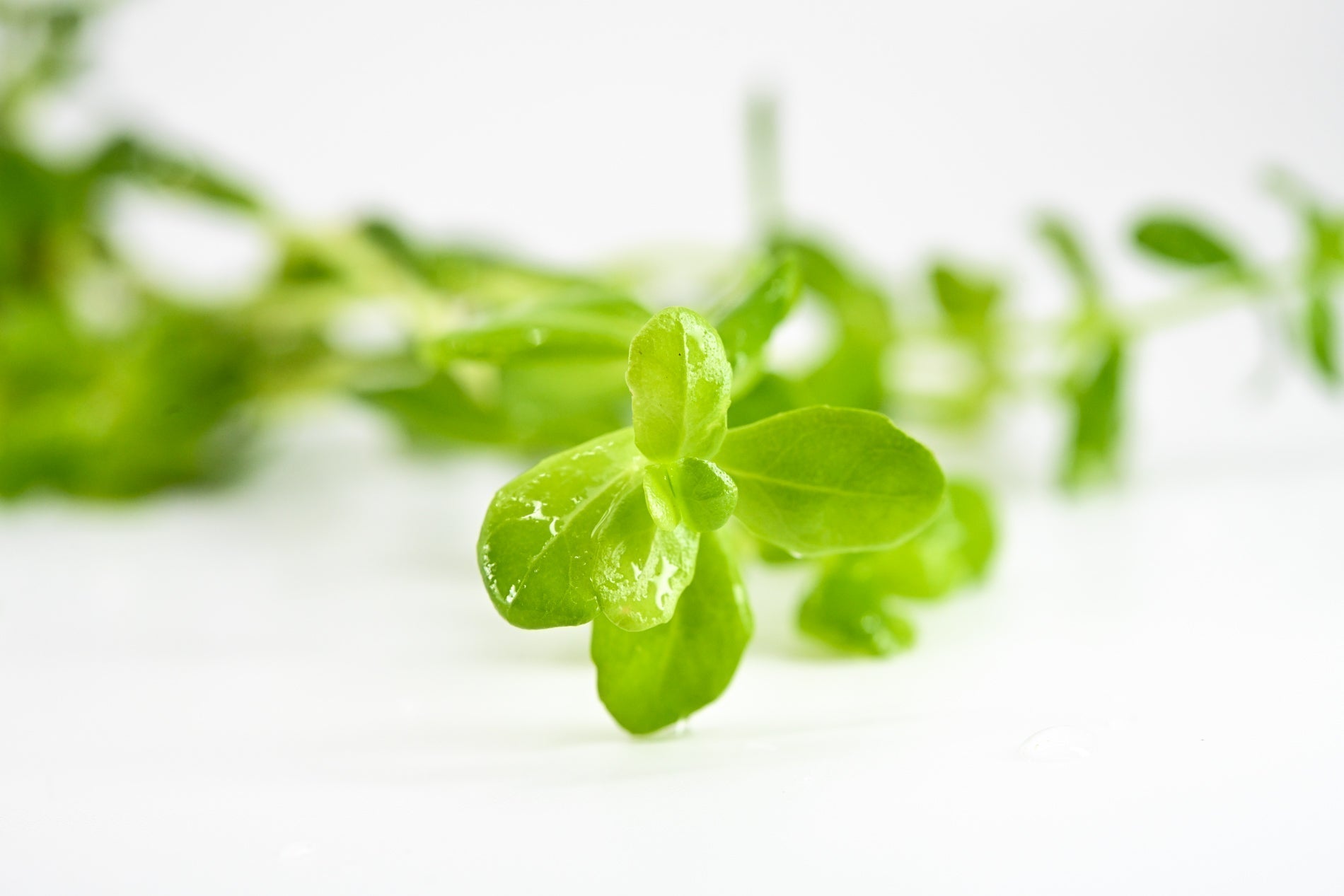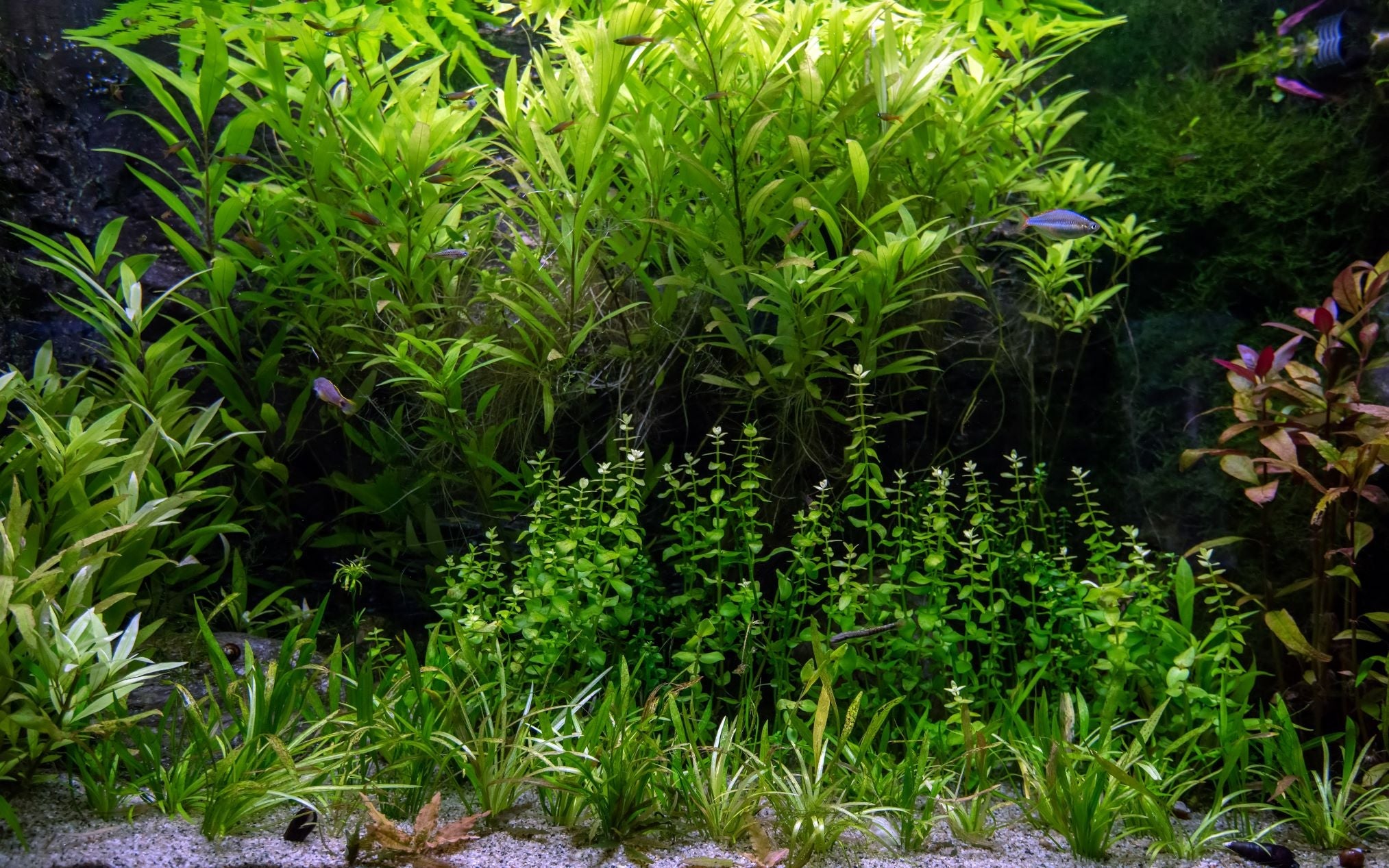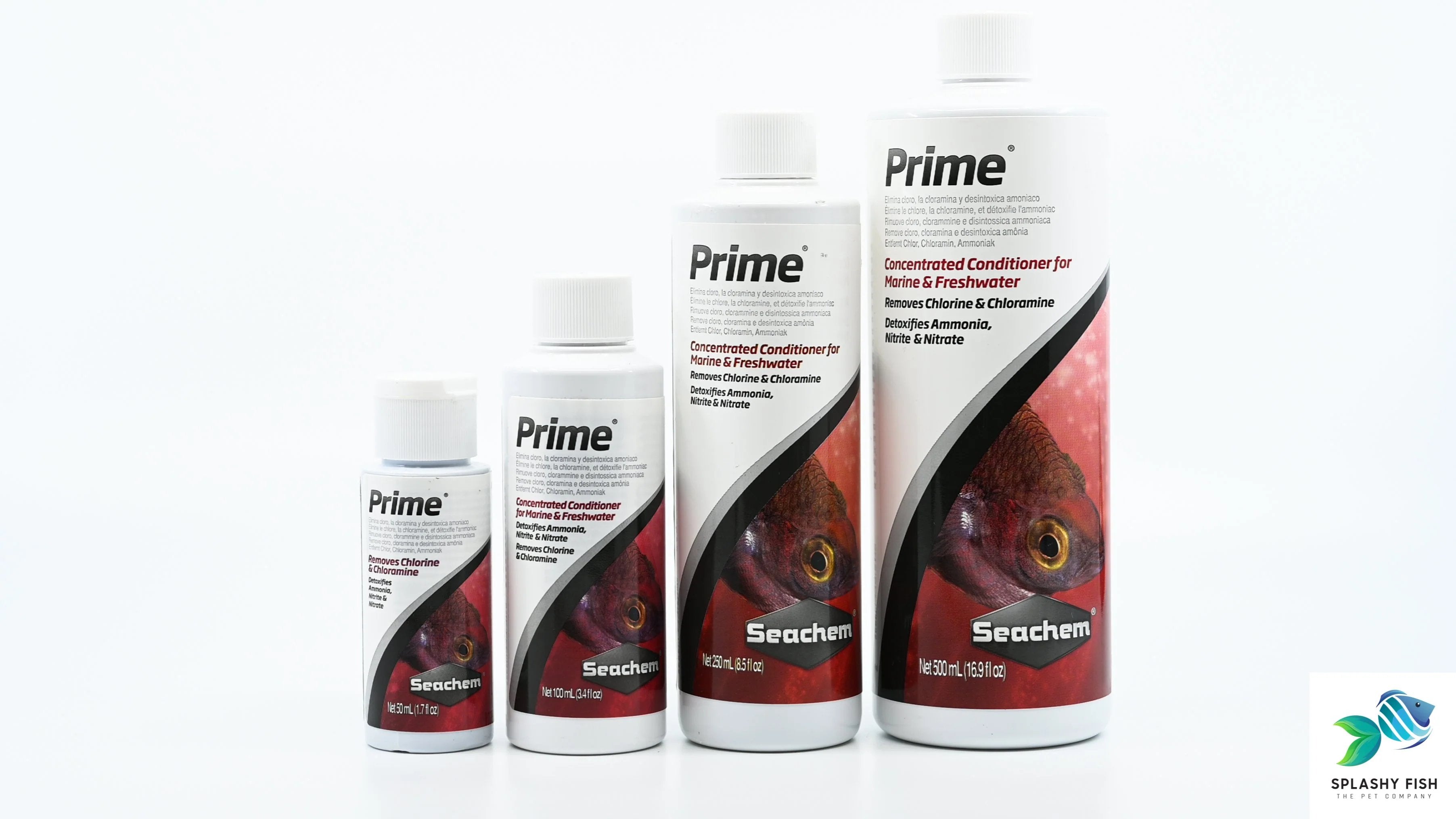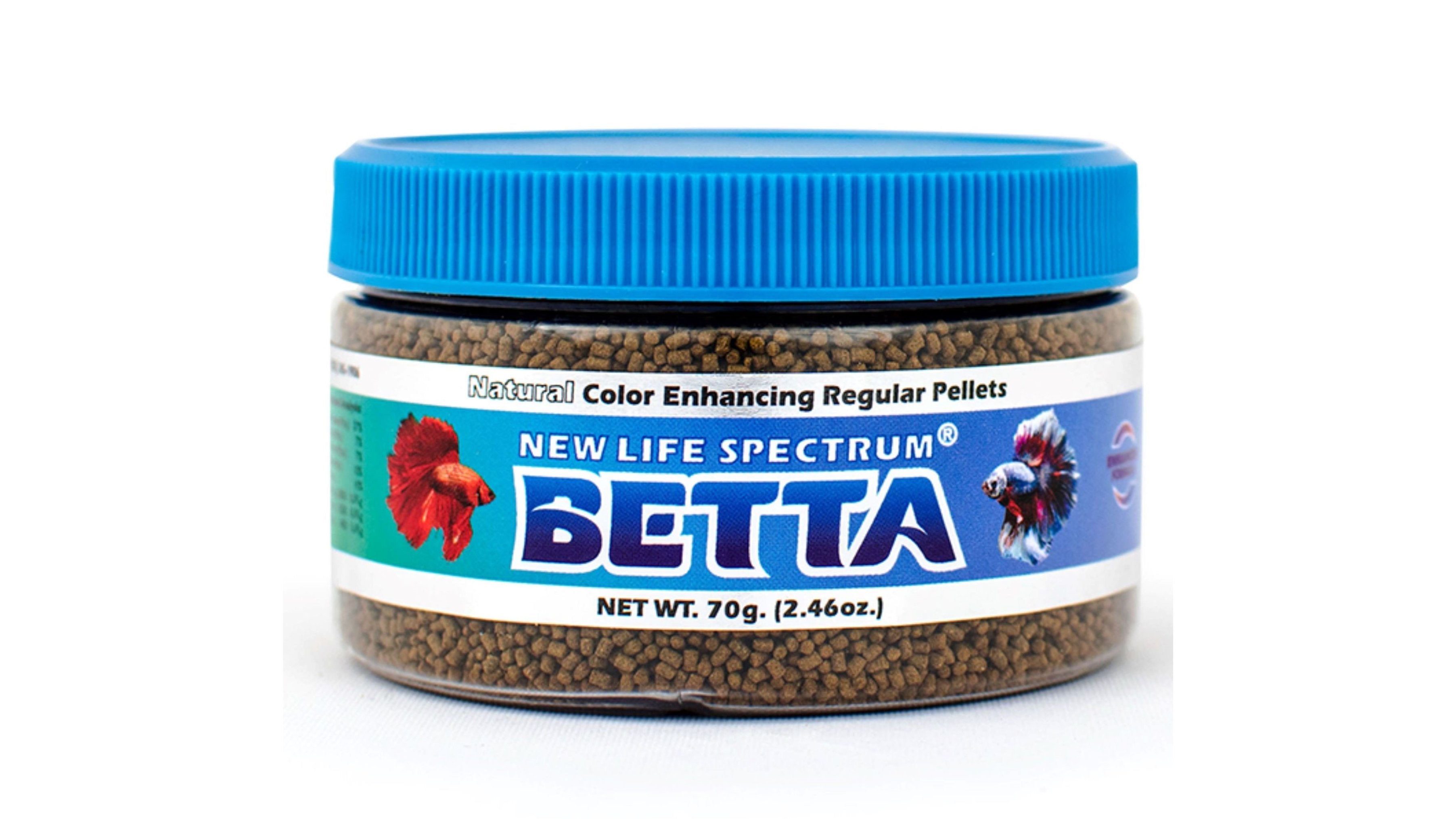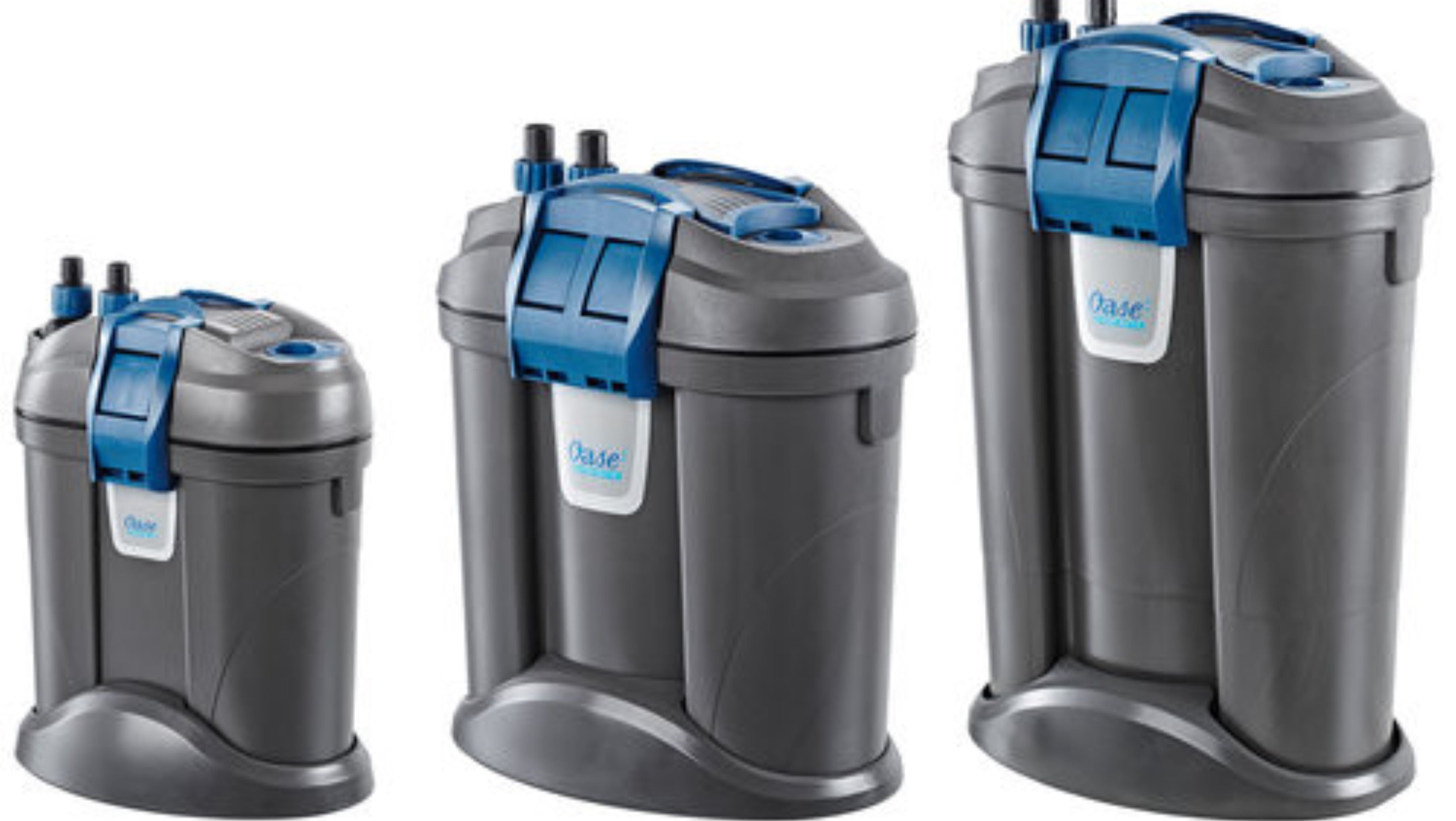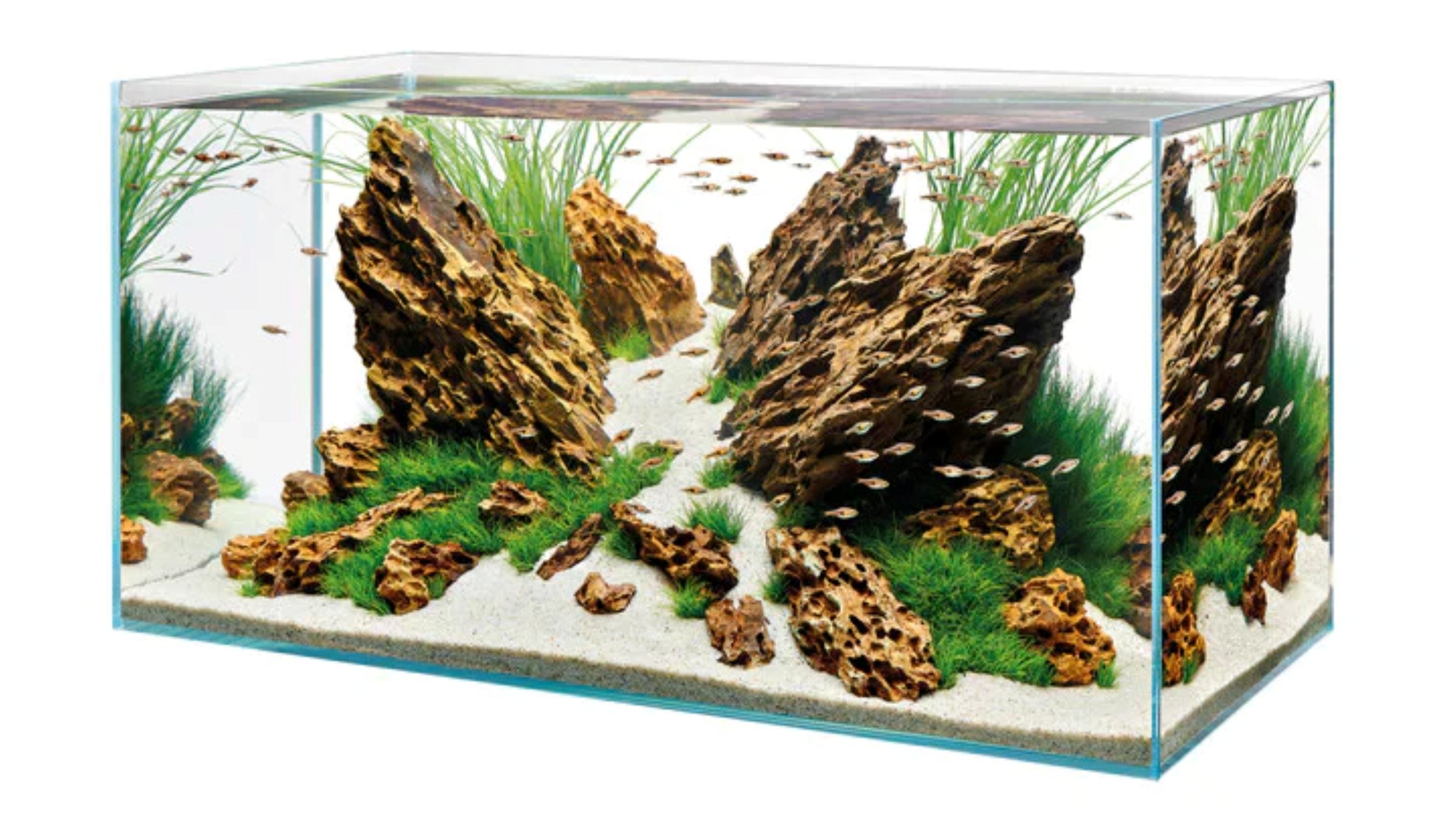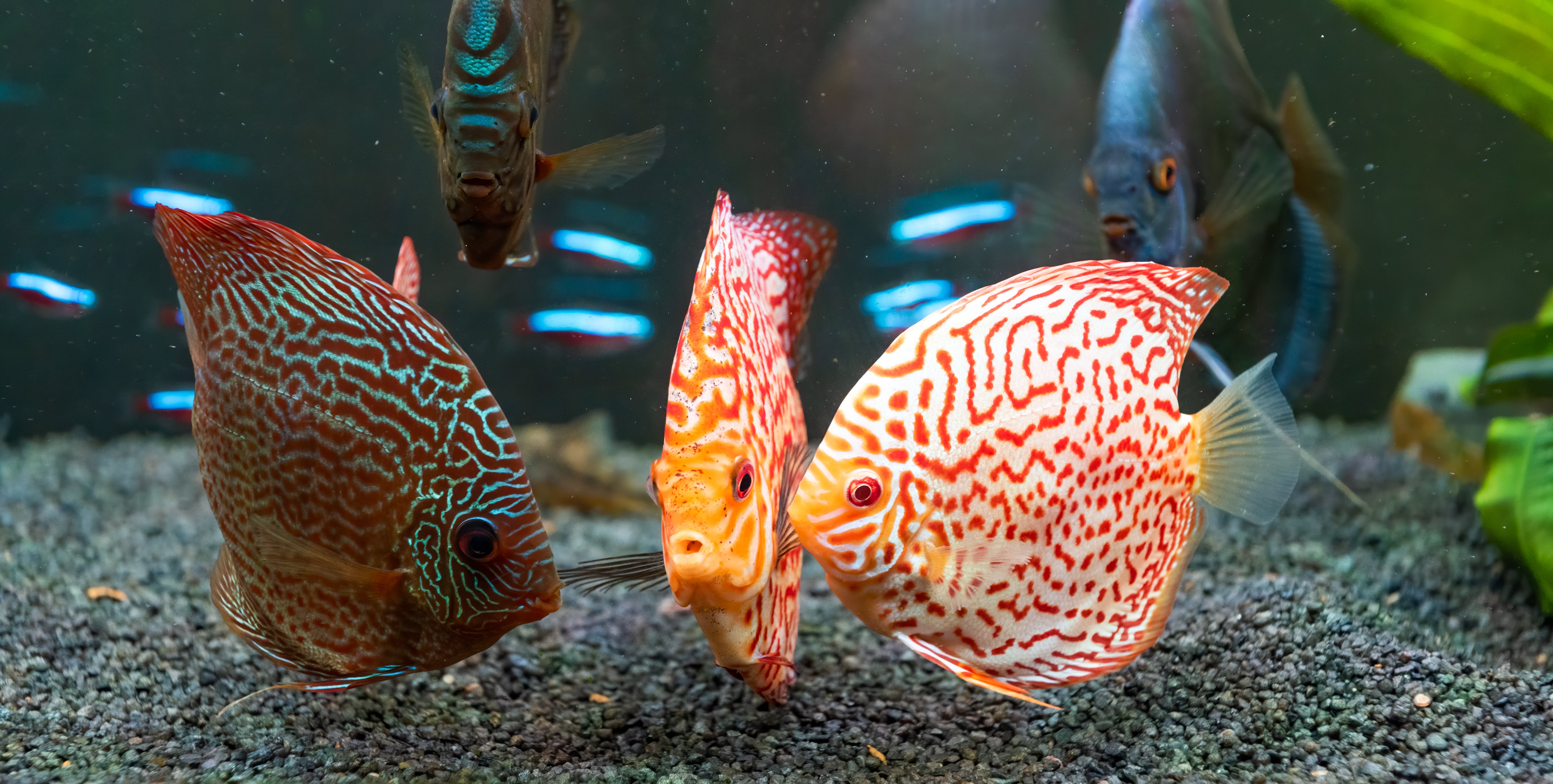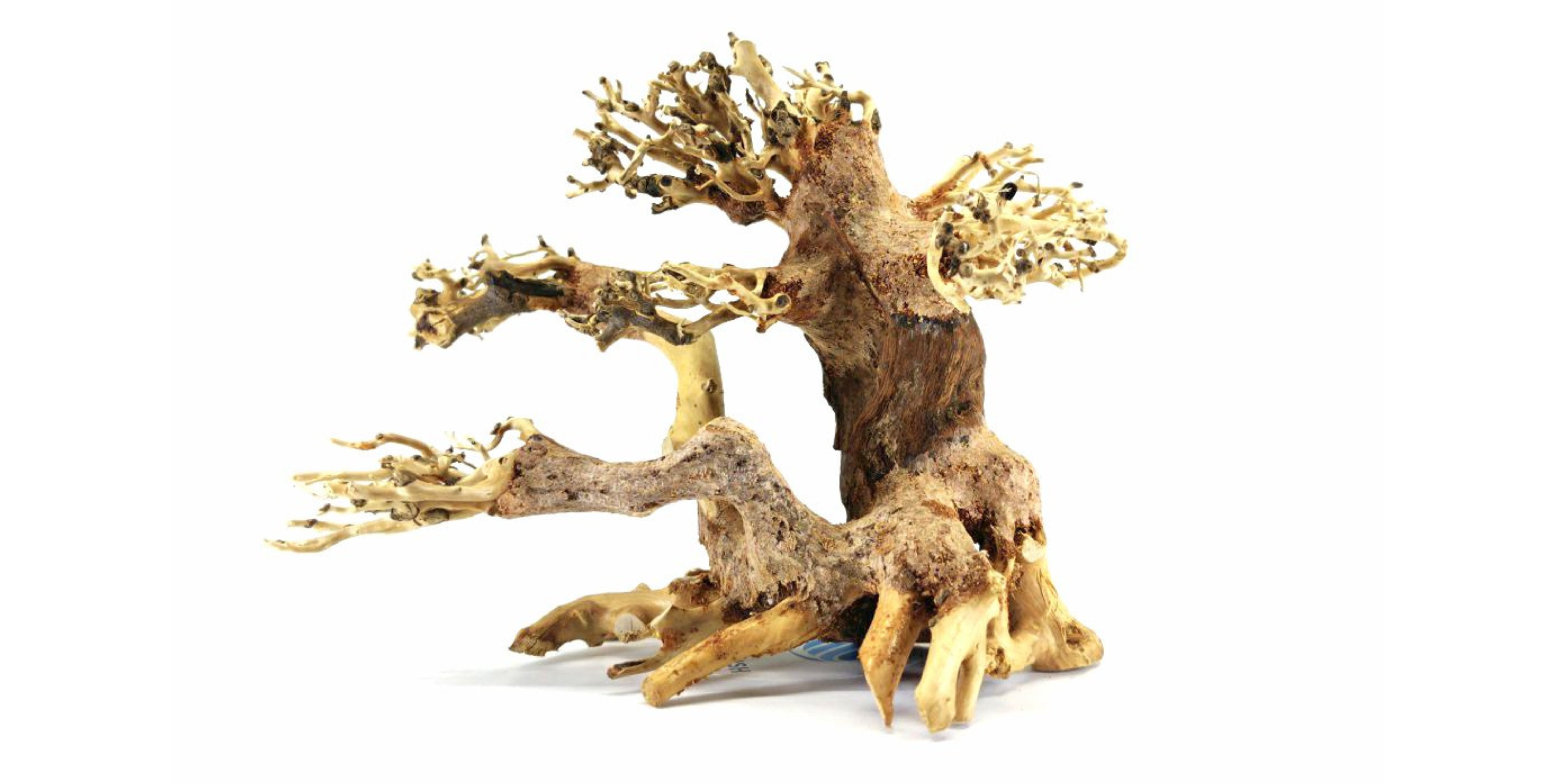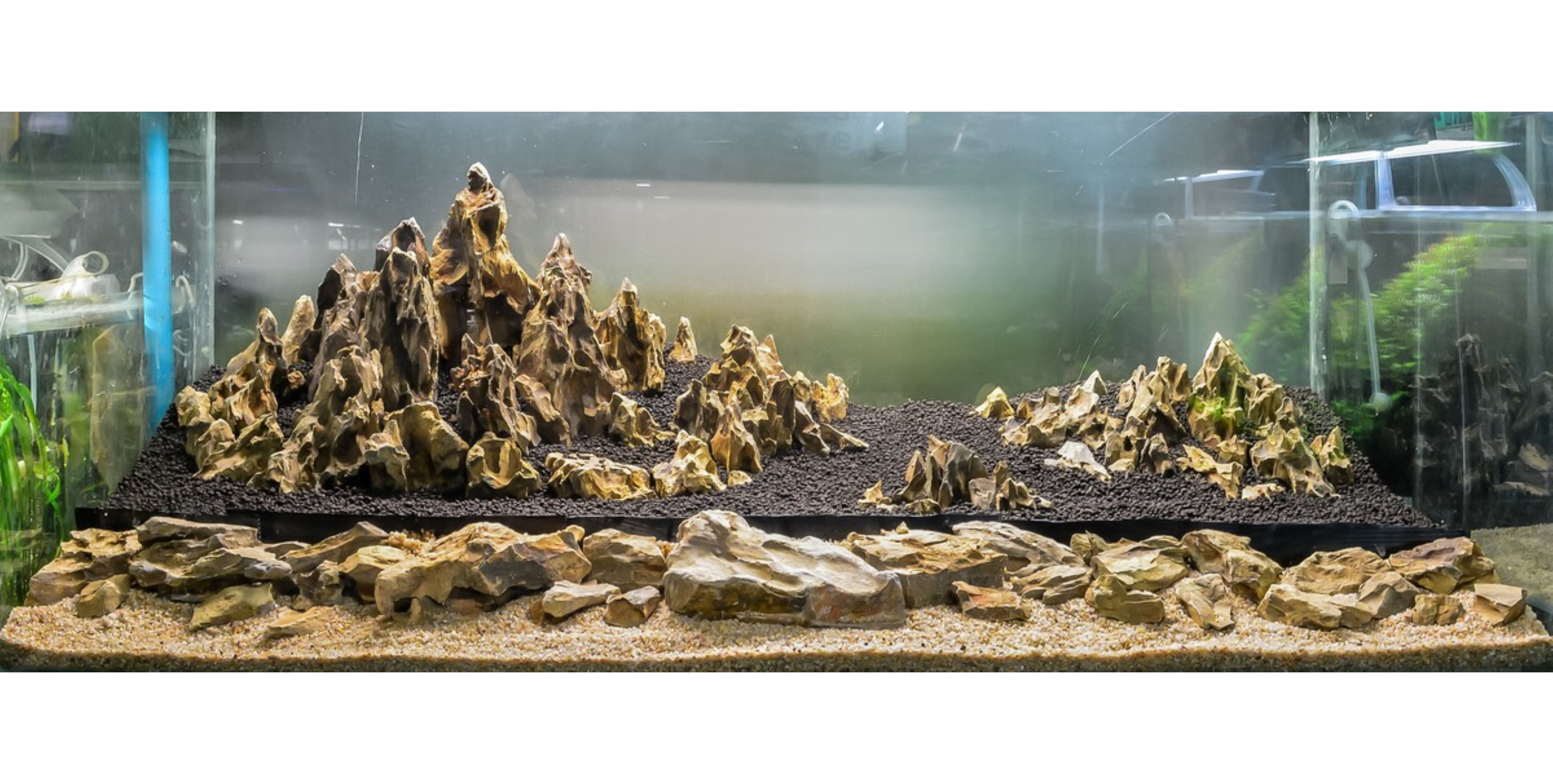Table of Contents
How To Plant Live Freshwater Aquarium Plants?
‘Underwater garden’. This sounds a little bit strange, don’t you think? - Actually, not at all to the aquarium hobbyists, especially aquascapers. Planting plants underwater is as much fun as growing plants on the ground. The beauty of your aquarium lies on the aquascape you create. So is the health of your fish. How well you choose and arrange live aquatic plants in your aquarium, the better your fish are.
In this article, we will introduce you to some useful and general tips on planting your live aquarium plants. Grasp the basic understanding, you can easily conquer any kind of live aquatic plants.

(Image of a Live Planted Aquarium Tank)
Live aquatic plants provide many benefits to your aquarium community. They help adjust the water chemistry in your tank. They are shelters for your fish to hide during stressful times; or spawning sites and valuable refuge for newly hatched fry. That has not mentioned they are also food sources for those fish being considered ‘green munchers’. With lots of advantages, every fish keeper dreams of their own appealing planted aquarium.
Generally speaking, creating a lively planted aquarium is not much difficult as long as you learn how to plant and take care of it properly. See how to take care of aquatic plants here.
There are a variety of live aquarium plants and each type of plant requires a corresponding way of planting. Learning the correct way to plant them is the first step to create a successful planted aquarium. Before going into the details, there are several notes you should take in advance:
- Choosing the right aquarium plants for your tank: If you are new to it, we recommend low-tech aquarium plants. Low-tech aquarium plants are the easy-to-care-for plants. These do not require much of your care nor living conditions (water chemistry, nutrients, CO2, lighting, etc.), which makes the planting and maintenance simple for you to carry out and get acquainted with. Contrary to low-tech aquarium plants, high-tech aquarium plants are those that will definitely ask for more specific care and have high demands on light, nutrients, and so on.
- How you arrange aquatic plants in your aquarium: To solve the issue, you need to notice their appearance and growth rate. One common rule applied by most experienced aquarists is to use short plants in the foreground and then add plants in ascending order to fill the midground and background. Thus, if your newly purchased plants are short, put them in the front so as to make them visible and allow more spaces behind for other taller plants to grow. It is not only a very effective way but also gives your aquarium an appealing look.
- Quarantine your plants prior to putting them in your tank: The process will remove any harmful materials attached to your plants (i.e., alage, snails, bacteria) and prevent causing any potential diseases to your aquarium community. Learn the process at our article [insert]
1. Rhizome Plants
Rhizome plants have a thick, horizontal stem/ trunk where leaves and stems grow upwards out of the rhizome while roots grow downwards from the same. The most typical types of rhizome aquatic plant are Anubias Nana Petite, Java Fern

(Image of an Anubias Live Aquarium Plant that have rhizome plants)
Rhizome plants don’t actually need substrate to grow. You can put them between cracks in rocks or fix them on aquarium driftwood by using glue gel or sewing thread. Their roots will grow in a way of wrapping around hardscapes to the extent that it becomes difficult to separate. Another way to place rhizome plants in aquariums is you bury their roots under the ground. However, if you opt for this, just remember not to let the rhizome covered with substrate.
Either method is acceptable and won’t affect the way rhizome plants take in nutrients. Because they absorb nutrients from the water column through their leaves. Thus, it is recommended to feed your rhizome plants liquid fertilizers for their best absorption.
2. Sword plants and Cryptocoryne Plants (Crypts for short)
Both are classified as rosette plants, which means all the leaves grow out of the base of the plant in a circular pattern. The popular types of sword plants are Amazon swords, Brazilian Swords, Melon swords. Speaking of Crypts, there are variety from cryptocoryne wendtii, cryptocoryne spiralis, to cryptocoryne parva, to many other species.

(Image of Cryptocoryne Lucens Plant)
You plant these plants in your aquarium by burying their roots. Remember not to cover their crowns (the base of the plant) with substrate since they are where leaves come out.
Regarding sword plants, most of them are quite tall. You should consider putting them in the midground or background to not hinder your view of other plants. On the further note, sword plants are known as heavy root feeders. They take in nutrients via their roots. Given that, make sure your substrate contains enough fertilizer for them to thrive. Besides, consider adding root tabs if you use gravel as substrate.

For crypts, you may notice they easily melt, especially when first introduced to aquariums. If your plants are in that situation, don’t throw them at once. They need time to get accustomed to the new surroundings. Just leave them in the aquarium for a while and you see they will get well soon.
3. Moss Plant

(Image of an Marino Moss Ball with Yellow Neocaridina Shrimp)
They are not strangers and we bet you may think of it first when it comes to aquarium plants. Java moss is the typical type of moss. Like rhizome plants, they don’t require substrate and are easily fixed to hardscapes (normally driftwood, rocks) using thread or glue.
Many aquarists favor mosses because they create a lush green effect which makes their aquarium vivid. Further, they are also ideal places for colony breeding since baby fish can easily hide from the adults in the dense coverage.
4. Grass-like plants (Aquarium Grasses)
Given the name, one can easily imagine their appearances. Further, it also indicates another feature commonly seen in grass: fast-rate in propagation. Some popular grass-like aquatic plants are vallisneria, dwarf sagittaria, micro sword

(Image of Narrow Leaf Micro Sword Potted Plant )
The way to plant them is similar to that of rosette plants, burying the roots while letting the bases uncover. Grass-like plants are usually sold in pots and sometimes you may find there are several individual plants in one pot. If it is the case, separate them when planting so as to allow them a little space to grow and multiply.
5. Stem plants
Stem plants grow vertically with leaves coming out directly from a single stem. The common species of stem plants one can name are Bacopa, Pogostemon Stellatus, Pearl Weed.

These species are also known as deep-rooted plants. This means you have to plant each stem at least 2 to 3 inches deep into the ground. Same as grass-like plants, don’t plant them in a bunch. Instead, plant each stem and allow small room in between for them to grow. If you find it hard to anchor their roots, consider using plant weights at the bottom to prevent them from floating away.
Most stem plants prefer to feed from the water column and therefore appreciate liquid fertilizers.
6. Bulb/ Tuber
Bulb/ Tuber live aquatic plants refers to all types of plant that grow from a bulb or tuber respectively. The common plants of them are banana plants, dwarf aquarium lily, tiger lotus.

Before you plant them, make sure you remove rock wool, dirt from the bulb/ tubers by rinsing them. Then, gently place bulb/ tubers on the top of the substrate. You should not bury them since the bulb/ tubers can rot. If you see your bulb/ tuber plants float, you can either wait for them to sink or place them loosely under a piece of hardscape to keep it weighed down.
Bulb/ Tubers can take in nutrients from both substrate or liquid fertilizers. With proper care, they can grow very tall, and some may even have their leaves reach the water substrate.
7. Carpeting plants
They are given this name because they are short with tiny leaves and weak roots. When growing, they expand themselves laterally covering the ground in your aquarium, which makes them like a carpet in the whole. Monte carlo, dwarf baby tears are the best examples of this kind of plant.
(Image of Monte Carlo)
Since their roots are weak, we recommend planting them with pot and rockwool deep into the substrate instead of breaking up the pot into very small pieces and planting them around. This way will prevent carpeting plants’ roots from damaging. Once they are well-established, you can cut out the potted portion.
When taking care of carpeting plants, you should provide them lots of light, CO2 and nutrients (can use both liquid fertilizers or root tabs).
8. Floating plants
These plants will float on the water surface. What you need to do when planting them is to place them gently on the water surface, and provide them with lots of light and liquid fertilizers. On a further note, you should slow down the current, and don’t let their leaves get too wet.
Common plants of this type are frogbit, dwarf water lettuce, duckweed.
Because floating plants lie on the water surface, you try not to plant them too much as they may inhibit the light and oxygen getting through. Lacking these factors, the whole aquarium community living underwater may be adversely affected.
Lastly, whichever plants you intend to place in your aquarium, just remember not to plant them too densely. Although your fish enjoy planted aquariums, they will be upset if they don't have enough space to swim and splash around.


